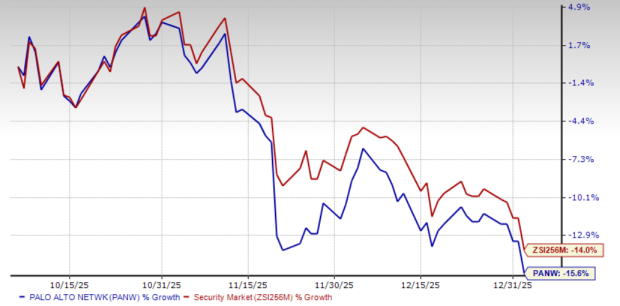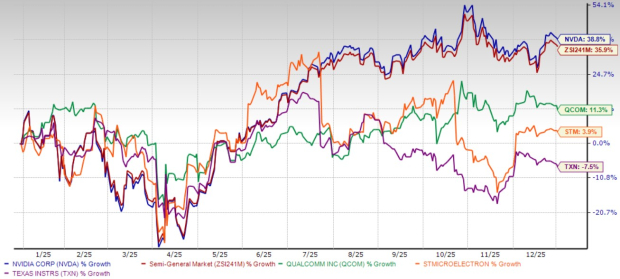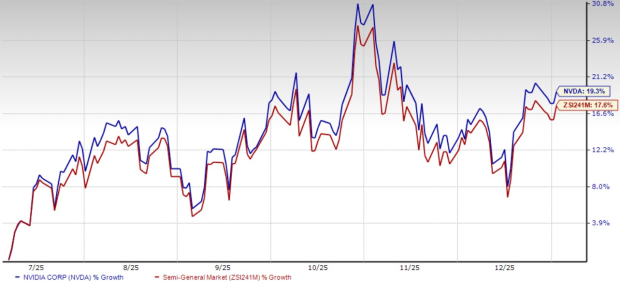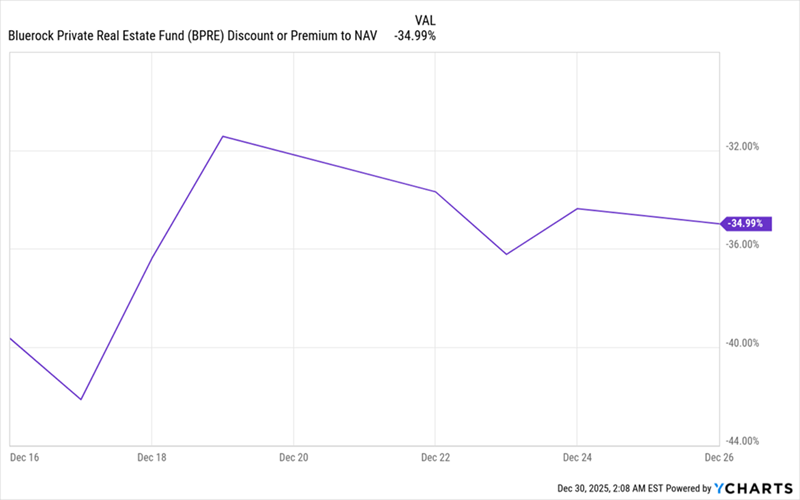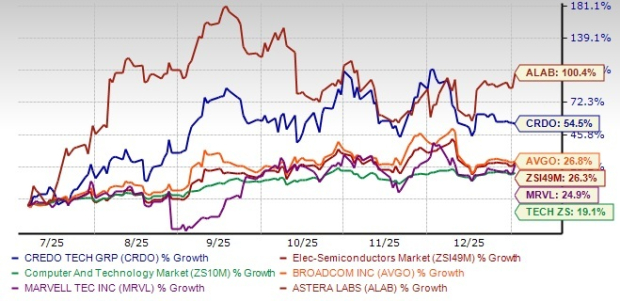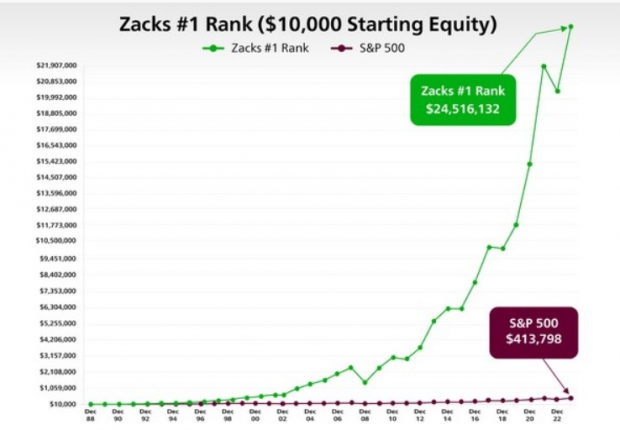New IRS Rule Makes 529 Plan Funds More Flexible for Families
For many families saving for college, a 529 plan has been a popular choice. These plans allow contributions to a tax-advantaged account that can grow over time, supporting education costs like tuition, books, and fees.
However, if a beneficiary decides not to attend college, the 529 plan can become less useful. Until now, withdrawing funds for non-educational purposes resulted in penalties. Fortunately, recent changes from the IRS offer a solution.
Under the new rule, families can roll over up to $35,000 from a 529 plan into a Roth IRA for each beneficiary over their lifetime. This option helps support future retirement savings. Here’s a closer look at how this works.

Image source: Getty Images.
Eligibility for Rolling Over 529 Funds
To qualify for a Roth IRA rollover, the 529 account must be at least 15 years old. Additionally, contributions you wish to roll over should have been made at least five years before the rollover. For instance, if you want to transfer $20,000 but $8,000 was contributed in the last five years, only $12,000 can be rolled over.
The Roth IRA must be set up in the beneficiary’s name, not the account holder’s name. Therefore, if a parent opens a 529 account for a child, the Roth IRA has to be in the child’s name.
Each year, the rollover amount must comply with the Roth IRA contribution limit, which is $7,000 for 2024. If you wish to roll over more than this limit, you need to wait until the next year.
It’s crucial that the beneficiary has earned income equal to the rollover amount. If they do not have a job or another source of earned income, rollover for that year will not be allowed.
Practical Example of the Rollover Rule
Imagine a family saved $35,000 in a 529 plan for their child, but the child decides not to attend college. Before this new rule, withdrawing that amount would incur a 10% penalty and taxes on the withdrawal amount.
With the new rollover option, the family can transfer up to $7,000 each year into a Roth IRA for their child once they begin working. Over five years, this could allow for the full $35,000 to be transferred, significantly aiding the child’s retirement savings.
It’s important to note that the Roth IRA receiving these funds must be in the child’s name.
The Benefits of Rolling Over to a Roth IRA
The main advantage of rolling over funds into a Roth IRA is to avoid the 10% penalty and the income taxes associated with non-educational withdrawals. For example, withdrawing $35,000 might result in a $3,500 penalty, plus additional taxes that could range from $4,200 to $7,700, depending on tax brackets.
A Roth IRA not only allows the money to grow tax-free but also permits tax-free withdrawals during retirement. This tax benefit is unique compared to other retirement accounts, potentially saving thousands in taxes over time.
Individuals work hard to fund 529 accounts. This new rollover option ensures that contributions are not wasted if college plans change.
Uncovering Retirement Boosts Most People Miss
If saving for retirement feels overwhelming, you’re not alone. Many Americans are behind on their retirement planning. Yet, there are lesser-known “Social Security secrets” that could enhance your retirement income. One simple strategy may lead to an additional $22,924 annually! Discover ways to maximize your Social Security benefits and retire with confidence.
Explore the “Social Security secrets” »
The Motley Fool has a disclosure policy.
The views and opinions expressed herein are those of the author and do not necessarily reflect those of Nasdaq, Inc.



